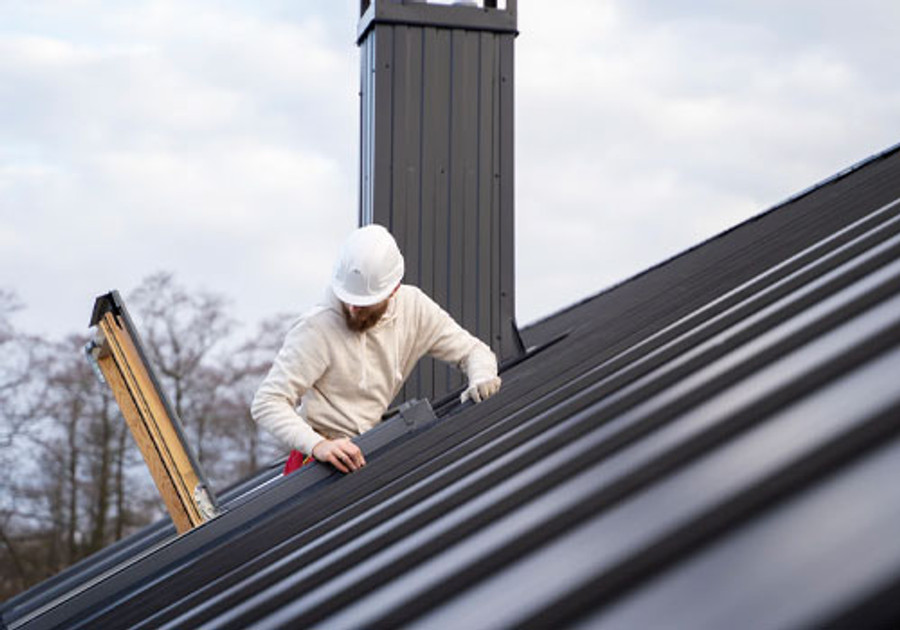Roof Anchor Points When Working on a Sloping Roof - What to Know
Posted by Howie Scarboro - CEO Fall Protection Distributors, LLC on Feb 13th 2020
Working on a sloped roof and heights is considered as one of the most dangerous jobs in the construction industry. Without proper safety guidelines, fatal accidents could happen. Just a loss of balance or small slip can result in a life-threatening injury or worse, death.
Because of this, it is important to select the best anchor points for fall protection. An anchor point is an essential piece of equipment for anyone working on sloped roofs or elevated surfaces. Whether you are personally cleaning your roof or have a professional who deals with roof maintenance, construction, and cleaning, it is crucial that you are aware of different anchor points, their types, and installation.
There are numerous types of anchor points available for all roof types.There are also three basic methods to create an anchor point – using a jamb anchor, a sling, or a fixed anchor point. The general rule of thumb with anchor point strength is 5,000 lbs.When selecting the anchorage type and mounting location, try to consider if it would hold an Ford F150, they average around 5,000 lbs.
Factors to consider when choosing anchor points
1. Work to be done
The very first consideration is the type of work to be performed while on the roof.How much mobility is required, how does the first man up get secured and back down to the ladder?How many workers need to be protected?Identify all fall hazards and determine the type and mounting location for the anchor points.
2. Roofing material
The materials you have on your roof will also impact the installation of roof anchor points. Know that those designed for metal roofs may not work for shingle roofs. Be sure the anchor points are designed for use on the roofing materials on the jobsite.It must also be determined if the fall arrest system will be mounted permanently or temporarily.
Methods of creating an anchor point
1. Using a Jamb Anchor
This popular method is designed to be mounted on the window frame or doorframe above a work area.These are simple to obtain and install, but can be a little on the bulky side to move around.The good news is that they can be safely installed from inside the structure.Jamb anchors typically consist of a square tube with adjustable lengths and clamps to lock it in place.Attachment to the D-Ring is very secure and lab tested for ANSI compliance.
2. Using a Sling
A polyester web strap is commonly called a Pass-Thru anchor or strap.These are very commonly used to tie around a secured object such as a rafter, a chimney, cross bar, I-Beam, etc.Remember to use the F150 rule when deciding what to attach to.Pass-Thru straps are available in lengths from 2’ up to 40’ long depending on what you need to wrap around.
3. Using a fixed anchor point
There are numerous styles of fixed anchor points.For roofers, the most common will be flexible metal ridge anchors that mount under the ridge cap, standing seam anchors(such as the SSRA1), that use set screws to lock onto the seams without drilling holes through the panels, and rafter anchors used during construction before the roof decking is installed.All of these styles are safe and readily available.
Regardless of what safety methods you use, ensure that you are protected at all times when working on a sloping roof. We provide fall prevention equipment that’ll keep you safe on the job, get in touch with us today to see how we can help.

